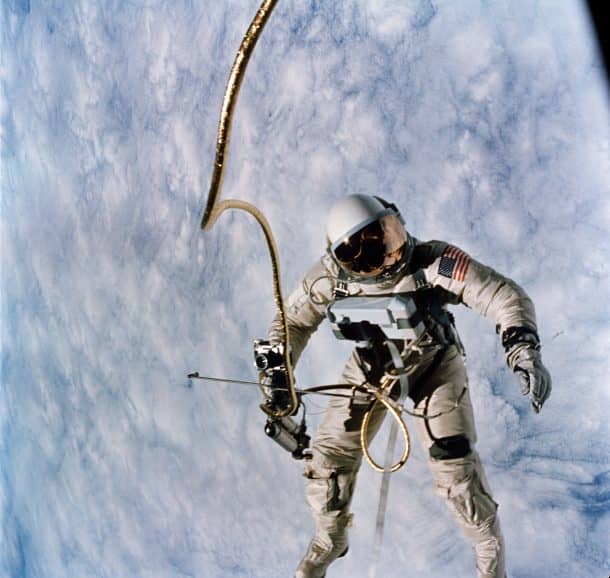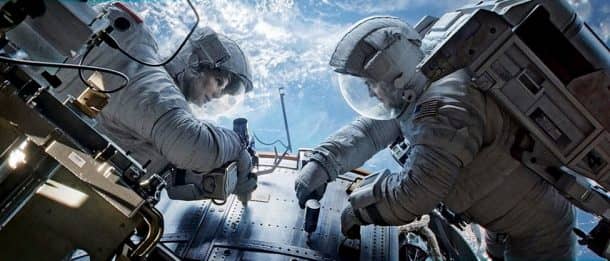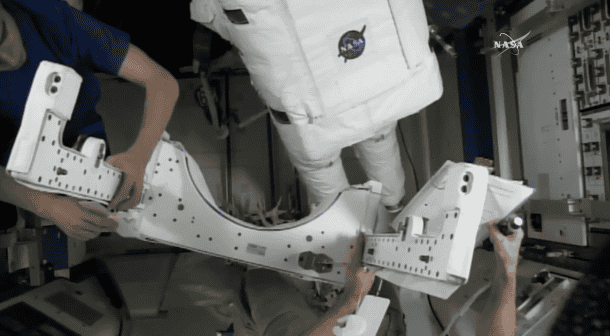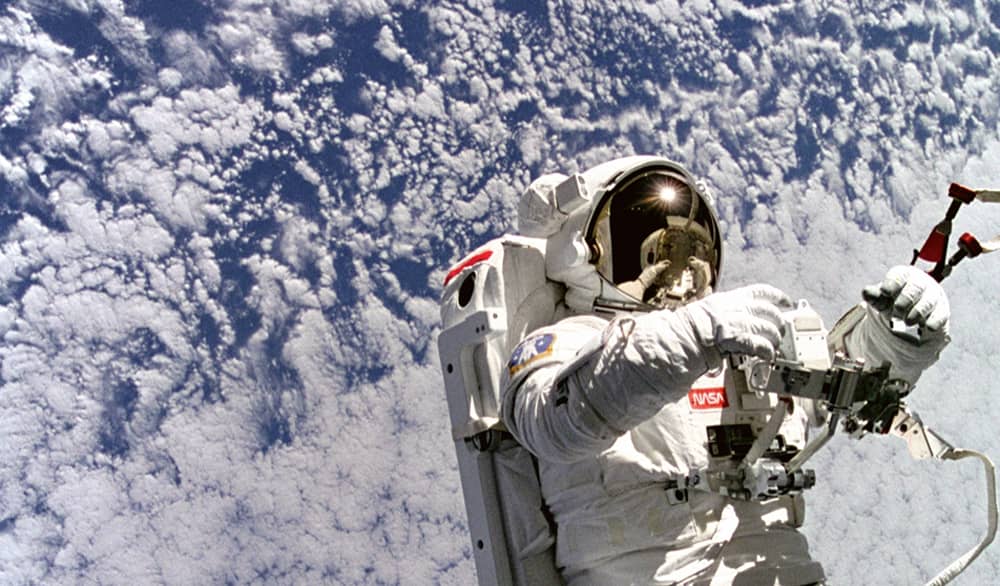Astronauts who live on the International Space Station reach there through some other spacecraft but how do they get into the ISS from that spacecraft? Apart from all the other dangers involved in the space travel; the movement from one vehicle to the other comes with its additional risks.
The astronauts could float away in space while they spacewalk from the craft to the ISS, but to prevent that from happening, all astronauts use tethers to make sure that they do not get away from the spacecraft.

In 1973, Pete Conrad and Joe Kerwin were trying to repair a solar array on an extra-vehicular activity (EVA) on Skylab which suddenly deployed, and they were thrown off the space station. Their tethers kept them from floating away into space.

Every task comes with some probability of failure so, what could happen if the tether fails? NASA designed the Manned Maneuvering Unit (MMU) – a jet-powered backpack that allows the astronaut to control their movement in space. The MMU, packed with 11.4 kg of Nitrogen, was tested in 1984 in the first spacewalk without a tether.

The massive MMUs are no longer used and are replaced by Simplified Aid For EVA Rescue (SAFER). The SAFER is a device weighing only 1.4 kg that is attached to the backpack of the suit. The self-contained propulsive jetpack system is used in an emergency situation where an astronaut loses physical contact with the spacecraft. The SAFER will provide free-flying mobility to the crew member with a speed of 6-8 miles an hour, equivalent to that of a fast jog. Nonetheless, the speed is enough to carry the astronaut back to the space vessel.

So far, there has been no such situation in which the astronauts needed to use the SAFER. The jetpack has, however, been tested in controlled conditions in space. The most useful feature of it is that it helps to maintain the balance and keeps the astronaut from tumbling which is an arduous task, in itself.
In either scenario, if an astronaut were to go loose; the tethers, MMU, and the jetpack are the emergency rescue possibilities. The only thing that can not be done to save an astronaut from floating away in space is the maneuver of the ISS. If the astronaut floats away and is not wearing SAFER, there is still hope of running into the ISS again, half an orbit later. However, when we consider the difference between the drag of a human and that of the ISS; the chances of the astronaut making it back to the station look very slim.
We would like to know your thoughts on this article. Comment below!


